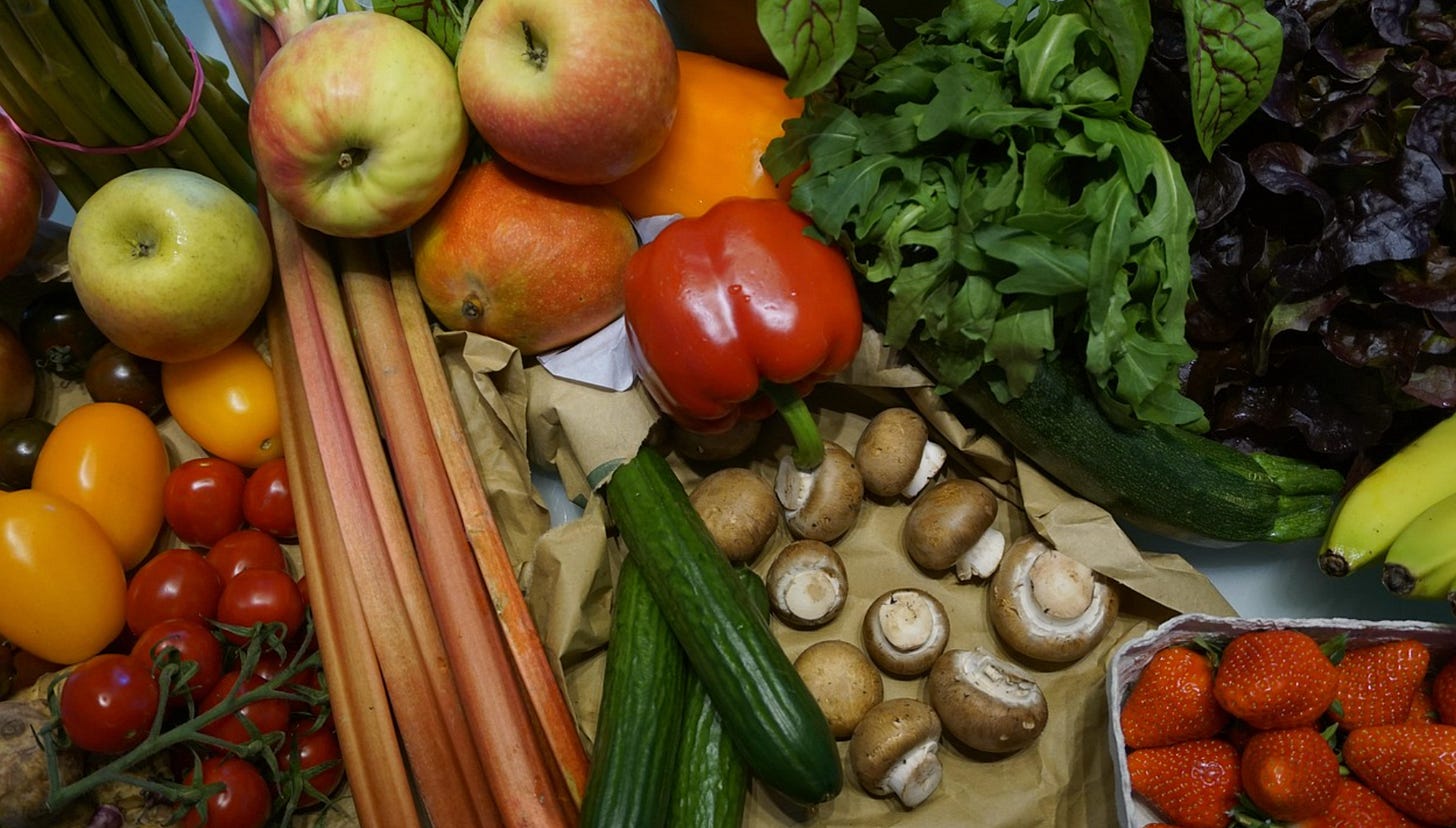Vermont Shines as Nation’s Leader in Locally Produced Food Access
Vermont tops the nation in connecting communities with fresh, local fare, outranking all 50 states with a perfect score of 100
Vermont’s rolling hills and vibrant farmlands have long been a source of pride for residents, and now the state has earned national recognition for its unparalleled access to locally produced food.
According to a new report from the Auguste Escoffier School of Culinary Arts, cited by The Packer, Vermont tops the nation in connecting communities with fresh, local fare, outranking all 50 states with a perfect score of 100 (The Packer, Jill Dutton, July 2, 2025).
The study, titled “Best and Worst U.S. States for Access to Locally Produced Food,” evaluated states based on key indicators of local food systems, including the prevalence of community-supported agriculture (CSA) programs, farmers markets, and direct-to-consumer sales. Vermont’s standout performance highlights its robust network of small-scale farms and a culture that prioritizes local agriculture.
Abundant CSA’s
With 4.3 CSAs and 12 farmers markets per 100,000 residents—among the highest rates in the country—Vermonters enjoy exceptional access to fresh produce, dairy, and meats grown close to home.“Vermont’s small size helps, but it’s really about the people,” says Sarah Miles, a farmer at Maple Wind Farm in Richmond. “Our customers want to know where their food comes from, and they support us through CSAs, markets, and farm stands. It’s a community effort.”
The report notes that Vermont’s 6,500 farms generate $6.6 million annually in direct sales, a significant figure for a state of just over 645,000 people. Even more striking, 2.07% of grocery spending in Vermont goes to direct-to-consumer purchases—more than double the rate of any other state.
This reflects a deep commitment to local food systems, from Burlington’s bustling farmers markets to rural farm stands in towns like Craftsbury and Waitsfield.While Vermont leads the pack, the study reveals a broader trend: smaller states with strong local food cultures, like Oregon and Maine, also rank highly, scoring 69 and 66.12, respectively. In contrast, major agricultural powerhouses like Texas and Kansas lag behind, as their focus on commodity crops like corn and soybeans leaves fewer resources for local food infrastructure. For example, Kansas dedicates just a fraction of its cropland to vegetables and orchards compared to Vermont, despite having 65 times more total farmland.
The Power of “Small Ag”
For Vermonters, the benefits of this local food system extend beyond the plate. “Buying local strengthens our economy and keeps our farms viable,” says Ellen Fox, director of the Vermont Fresh Network, a nonprofit connecting farmers with chefs and consumers. “It also means fresher food and a smaller carbon footprint, which resonates with our values.”The Escoffier report, as cited by The Packer, underscores that local food access is about more than production—it’s about connection. “States with strong local networks, like CSAs and community outlets, are creating systems that support everyday access,” a spokesperson from Escoffier told The Packer.
This rings true in Vermont, where urban hubs like Burlington and Montpelier complement rural agricultural communities, making local food accessible across the state.As demand for transparency and sustainability grows, Vermont’s model offers a blueprint for others. In 2022, U.S. farms earned $17.5 billion through direct sales, a number expected to rise as consumers prioritize freshness and trust in their food sources.
It’s Cultural
For Vermonters, this trend is nothing new—it’s a way of life.From the apple orchards of the Champlain Valley to the vegetable patches of the Northeast Kingdom, Vermont’s local food system is a point of pride and a national leader. As the The Packer report concludes, “What stands out is the consistency where top states invest in both supply and connection.” In the Green Mountain State, that investment is bearing fruit—literally and figuratively—for farmers and families alike.
Source: “Vermont Tops the Nation in Access to Locally Produced Food, New Study Finds,” by Jill Dutton, The Packer, July 2, 2025.


